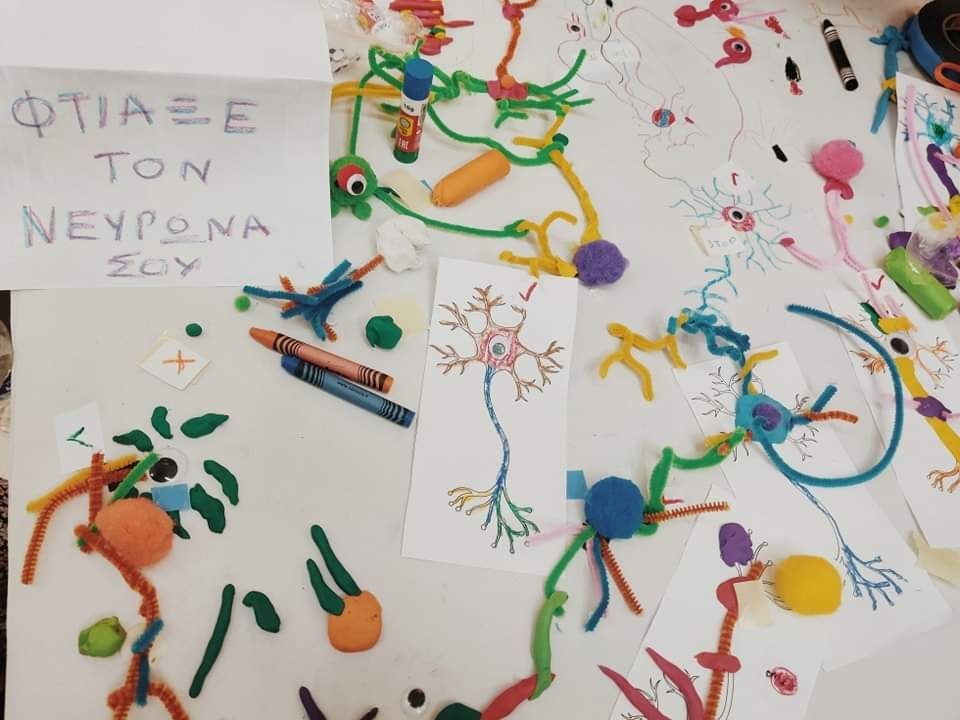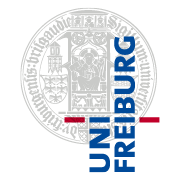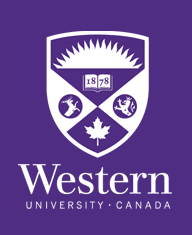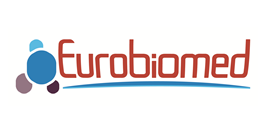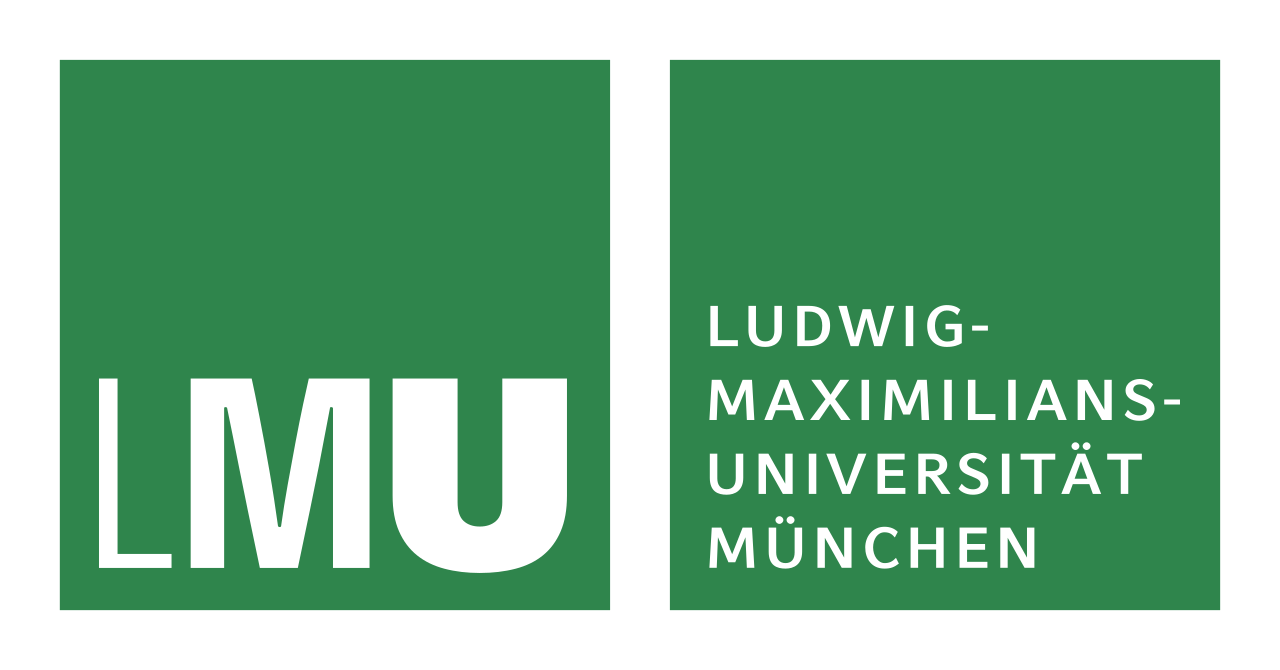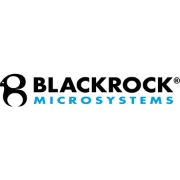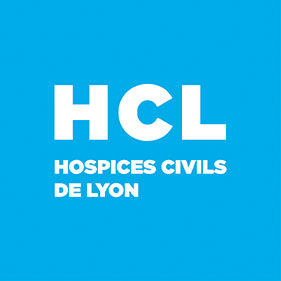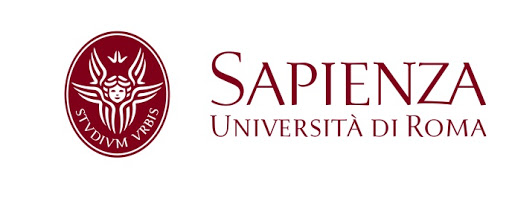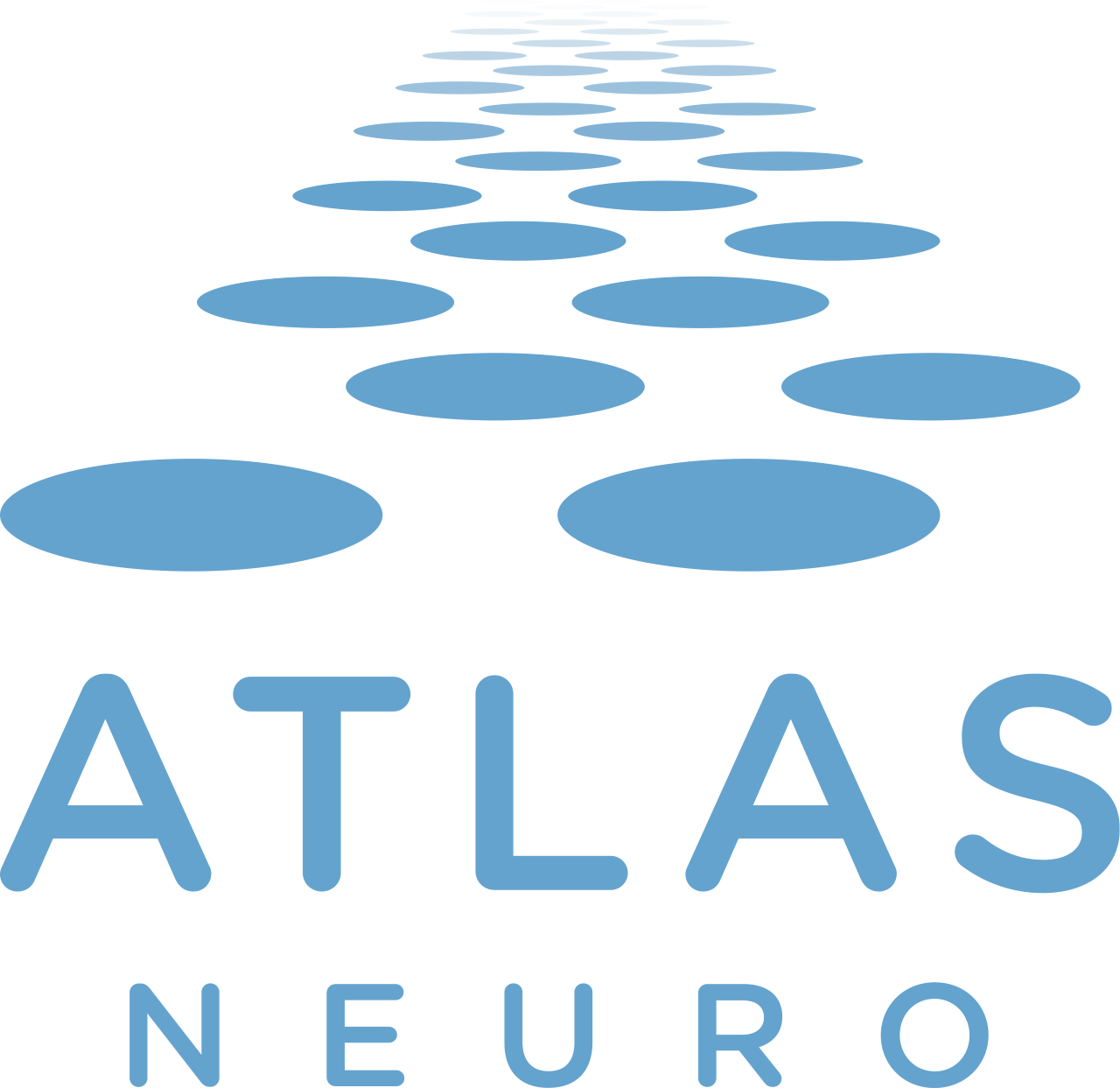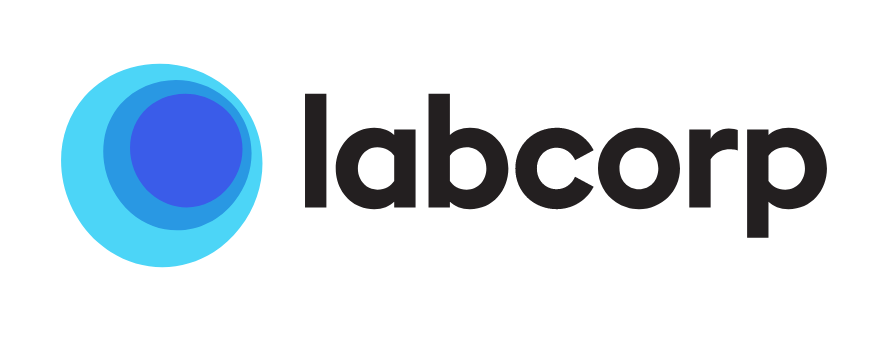Researcher's Night
2022 Researcher's Night in FORTH
Emile Caytan (ESR 9)
- Date and place: September 30, 2022 (17:00-23:00)
- Speaker: Emile Caytan
- Event: 2022 Researcher's Night in FORTH
- Summary of the talk:
The 2022 Researcher's Night, Under the European Union's Research and Innovation Program is a Europe-wide public event, which displays the diversity of science and its impact on citizens' daily lives in fun, inspiring ways. FORTH together with other partners being the mains organizers of this event in Greece, has dedicated an entire day within its main research and technology centre in Heraklion, to promote activities that will introduce the general public to the world of research through interactive experiments, research games, artistic events and close interactions. To open up science to society, all labs and departments at FORTH were invited to organize an exhibition of their works as well as activities to promote science in their respective fields. Our lab (physiology of cognitive functions) under the Institute of Applied & Computational Mathematics, organized our own exhibit at the main FORTH building on September 30 (17:00-23:00). In addition to myself, 2 other PhD students (Sophie Paneri, Katerina Sifaki), 1 posdoc (Panos Sapountzis) and 3 Master students, were involved in animating our stand.
We prepared small, non-technical presentations of our individual research as well as educational workshops for children. Presentations included slides and small talks about the neural mechanisms of perceptual/cognitive functions and how the brain function. Those were presented to small groups (3-10 persons) and individual people who happened to stop by our stand. I was also invited to present my own work as a PHD candidate, as well as the interdisciplinary research in which I am involved as an ESR for the In2PrimateBrains H2020-EU programme. Specifically, I introduced the different procedures we use as electrophysiologists to access the neural signal as well as computational methods to obtain relevant information about internal processing during behavioural cognitive tasks. Secondly, I presented some general slides on my personal PhD project which aims to bridge perception and action with the well-known neural signature of attention through simultaneously records the laminar local activity in the Visual and prefrontal cortex. Besides general presentations, most of the communication occurred by question and answer that focused on the experience being a PHD student in this field and common concerns around pursuing a scientific career.
As an illustration on how the brain is working, children were involved into manual workshops using play dough and accessories to reproduce neurons and its features (axons, dendrites, somas). For the older ones, some animations (quiz, games around scientific knowledge etc.…) were proposed, together with some face-to-face discussions.
Finally, we had the opportunity to talk to the local press as a way to promote and share a retrospective view of the event.
